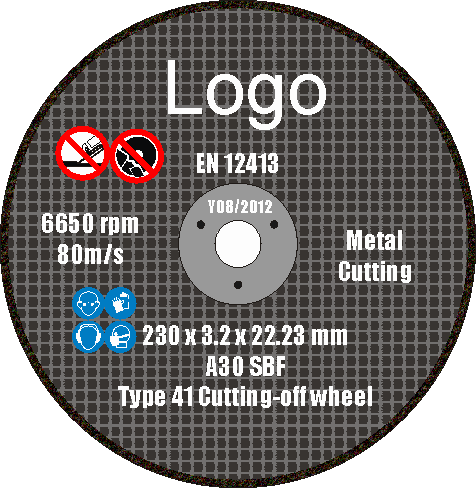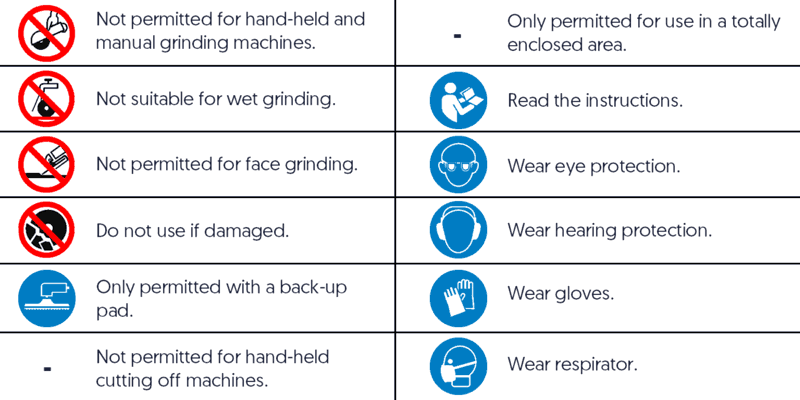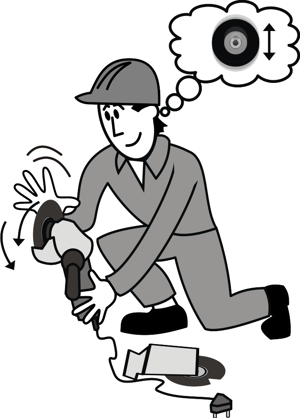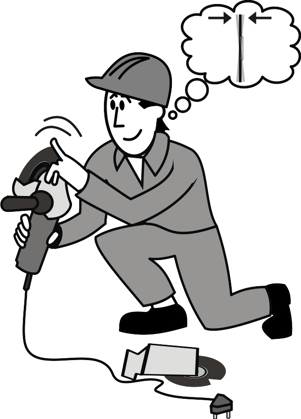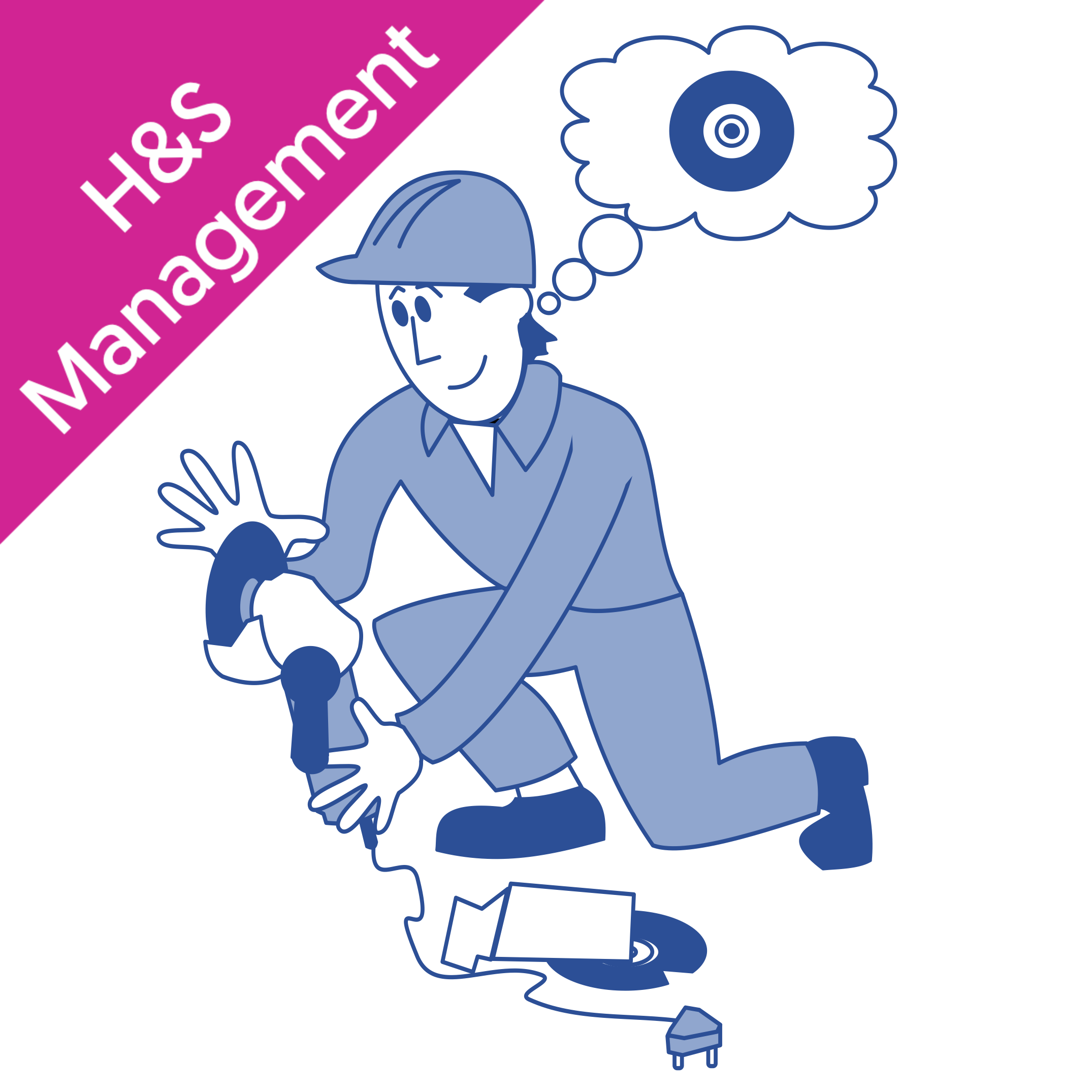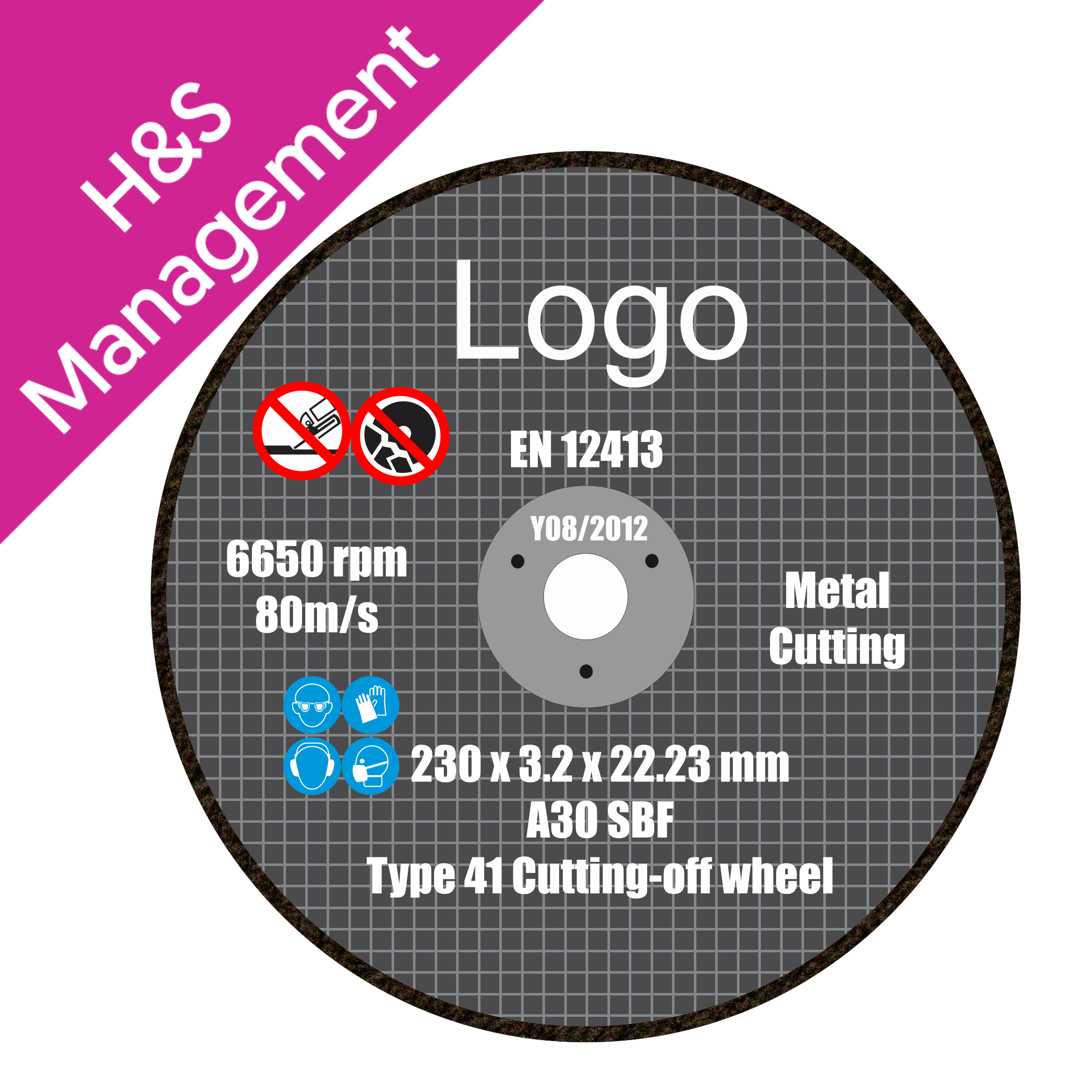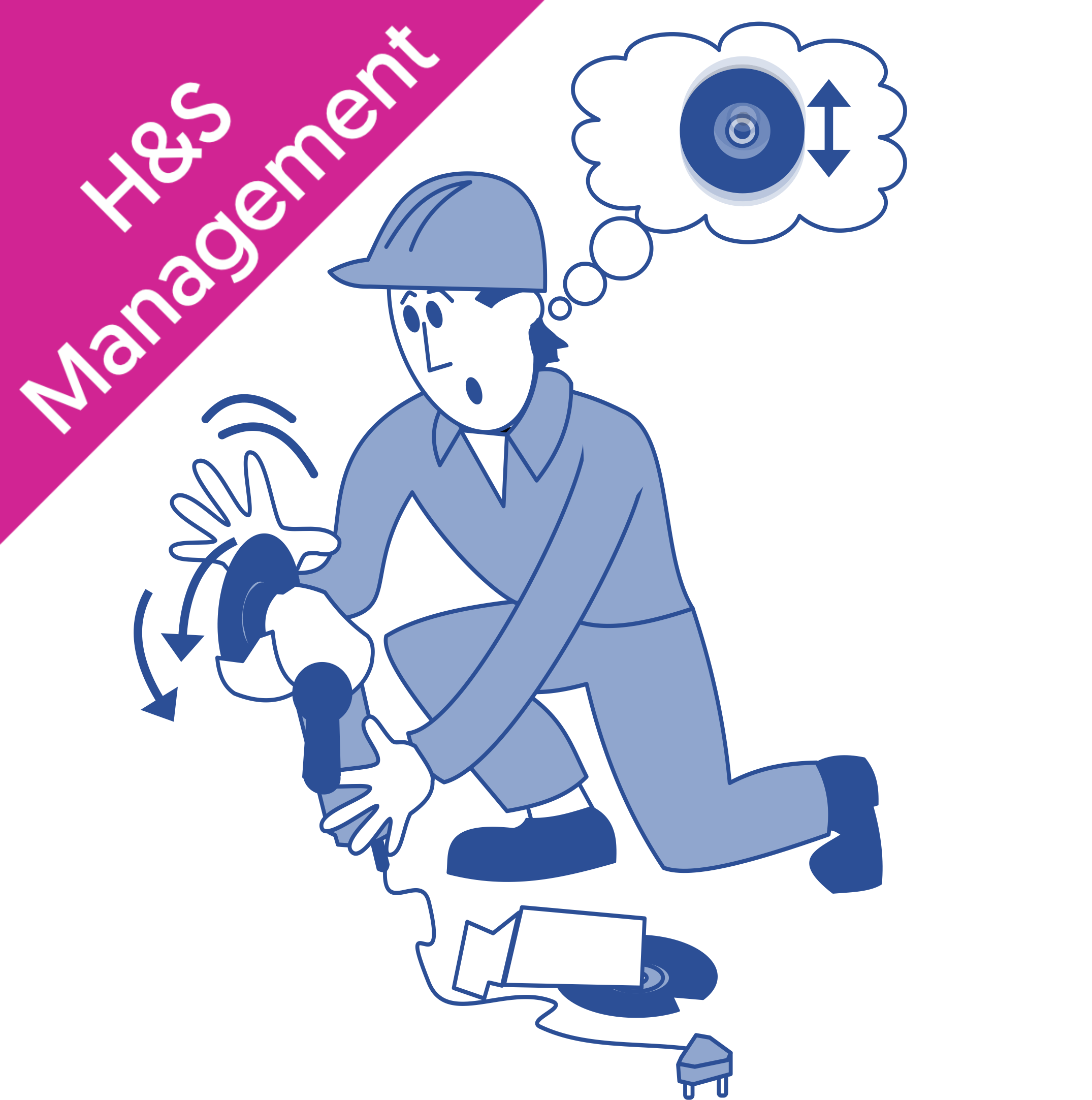Additional information may be included on the wheel or its packaging, for example detailing the main areas of use. If the wheel is unsuitable for the job, ‘loading’ may result, i.e. the abrasive wheel face becomes clogged with particles of the material being ground or cut. A wheel may also be either too hard or too fine, resulting in ‘glazing’. The operator is then tempted to use excessive pressure for the work on the wheel, a contributory cause of wheel breakage.
After ensuring the correct wheel has been selected for the job in hand, then how the wheel has been handled and stored needs to be considered.
Manufacturers go to great lengths to ensure wheels are manufactured to the correct standards and quality. It is vital that wheels are handled and stored correctly to protect their integrity.
The following practices should be adopted to ensure the integrity of the cutting wheel is maintained:
Do not expose wheels to direct sunlight or other thermal stresses during transport and storage;
Stack cutting wheels flat, on a level surface, in the original packaging and in a dry place where the temperature is as constant as possible;
Store cutting wheels in a frost-free place;
Do not store cutting wheels in the vicinity of aggressive fluids (acids, alkalis, petrol, diesel or other solvents);
Avoid jolting and impacts.
Diamond cutting wheels are more resilient than composite and less prone to thermal shock but it is still good practice to follow the above list.
Here is a list of what tests should be performed on an abrasive wheel.
Tests Before Use - New Abrasive Wheel
Has it been stored and handled correctly? (A cutting wheel that has been dropped must not be used)
Does the label show it is approved for free hand cutting?
If it is an organic/resin bonded wheel is it within the use by date?
Does the label show that the permissible speed of the cutting wheel is equal to or greater than the maximum spindle speed of the cut-off machine.
Tests Before Use - Used Abrasive Wheel
Carry out the same checks as for a new cutting wheel but in addition;-
Check spindle hole for damage. Do not use cutting wheels with a damaged spindle hole.
Check that it is not cracked, chipped, or uneven, and does not display any signs of core fatigue or overheating (discolouration).
Check also that there are no damaged or missing segments
Next, whether the wheel is new or used, it should be checked that it has been mounted correctly.
Check the rotation of the machine and ensure the wheel is fitted so that it rotates in the direction indicated on the label of the wheel.
The flanges that hold the wheel should be at least a quarter of the wheel diameter.
Turn cutting wheel by hand, making a visual inspection for radial and axial run out.

